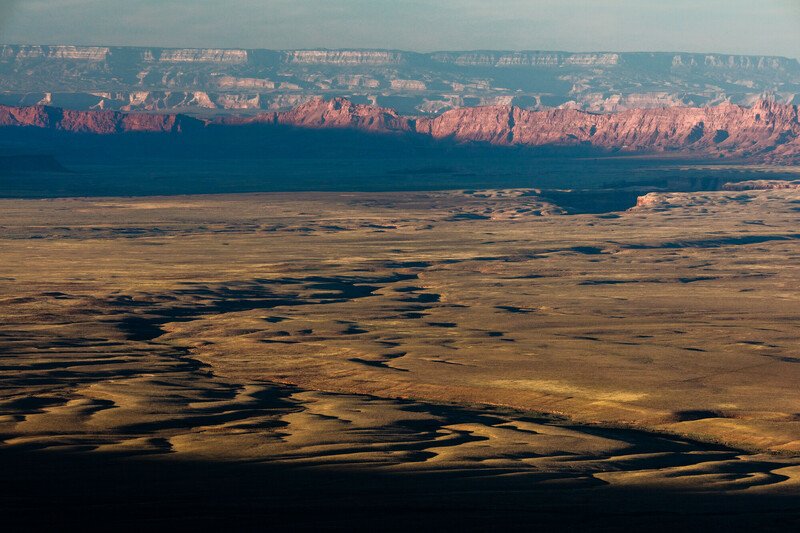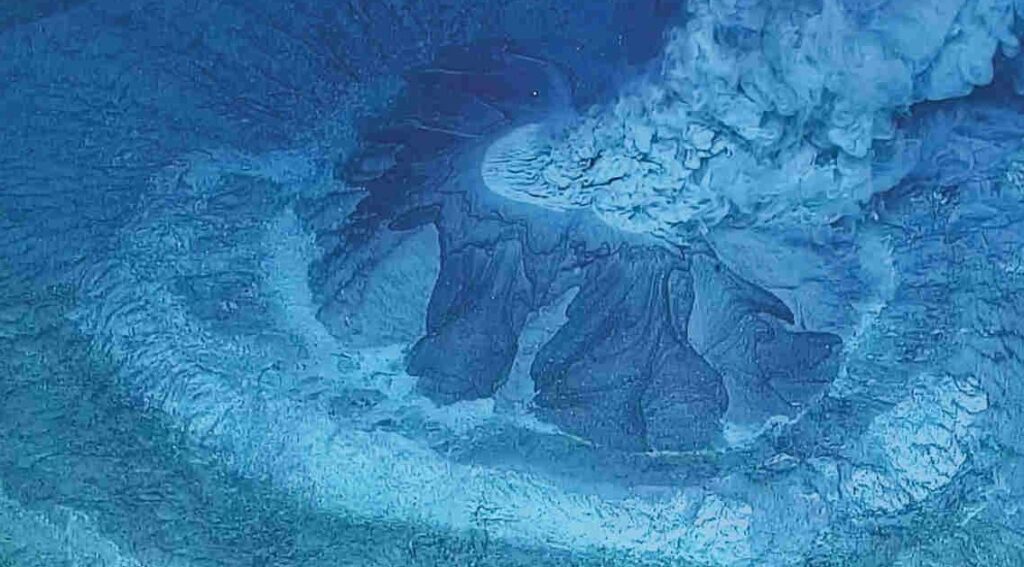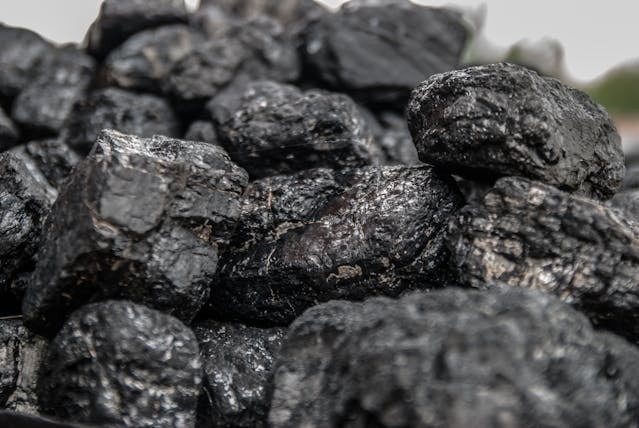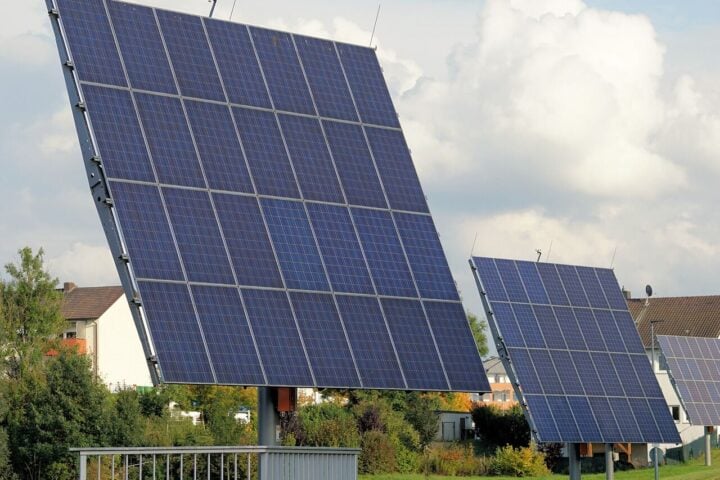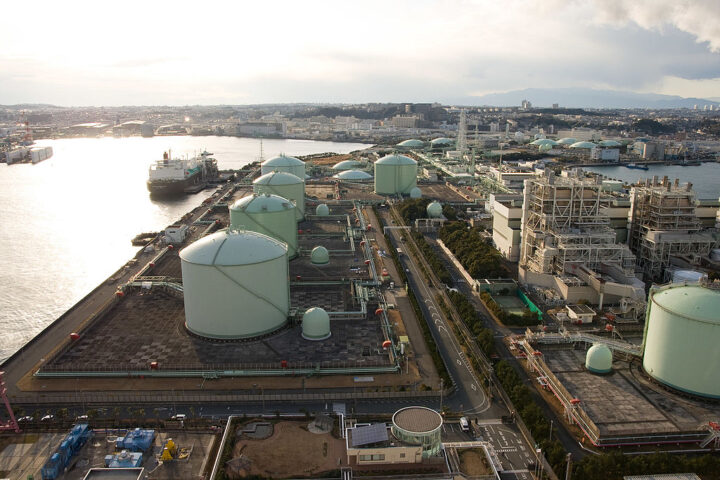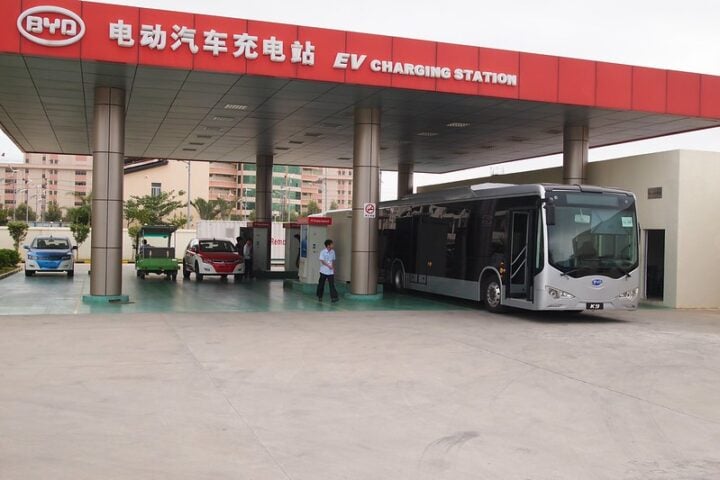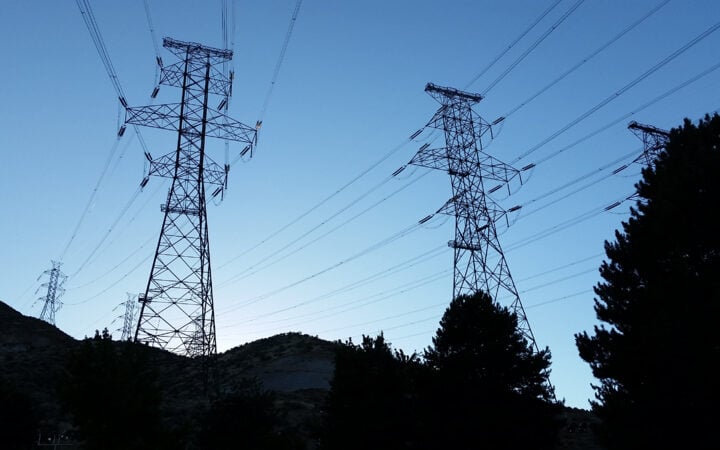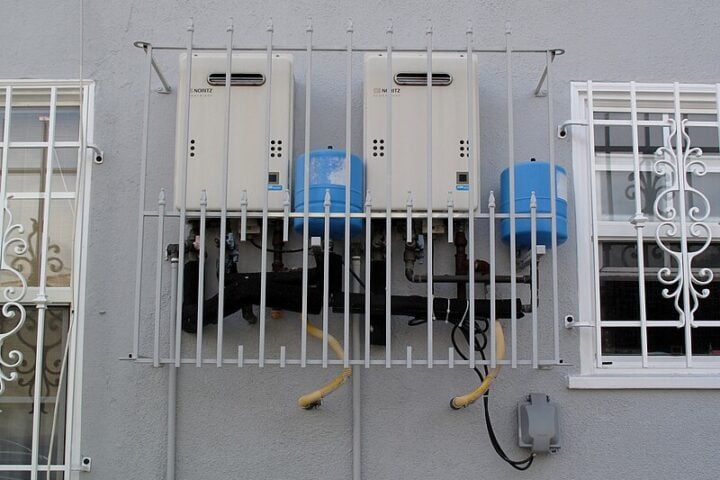A new Interior Department order threatens to reopen uranium mining near the Grand Canyon, setting up a clash between energy development and environmental protection. Interior Secretary Doug Burgum’s directive calls for a review of national monuments and mineral withdrawals, potentially affecting the recently designated Baaj Nwaavjo I’tah Kukveni – Ancestral Footprints of the Grand Canyon National Monument.
The monument, created by President Biden in 2023, protects nearly 1 million acres surrounding the Grand Canyon from new uranium mining claims. This protection builds on a 2012 measure that helped safeguard the region’s aquifers and springs from mining activities.
“We stand with the Tribes who proposed this monument and the vast majority of Arizonans who support it against these reckless attacks,” said Taylor McKinnon, Southwest director at the Center for Biological Diversity. “These iconic cultural landscapes and their remarkable biodiversity deserve protection from more water-polluting uranium mining.”
The review comes as Energy Fuels Inc., the largest uranium producer in the United States, increases operations at its Pinyon Plain Mine near the Grand Canyon. This mine sits within the new monument’s boundaries, highlighting the immediate stakes of the administration’s decision.
The monument holds special significance for Native American tribes. Its name carries deep meaning – Baaj Nwaavjo means “where tribes roam” for the Havasupai Tribe, while I’tah Kukveni means “our ancestral footprints” in Hopi. The site includes sacred places like Red Butte and provides habitat for endangered species such as California condors.
Similar Posts
Sandy Bahr, director of Sierra Club’s Grand Canyon Chapter, warned about the broader implications: “This action by the Trump administration could put at risk the waters, cultural resources, and wildlife of the region, plus the economy of northern Arizona.”
The review raises legal questions about presidential authority over national monuments. Trump previously reduced the size of Bears Ears and Grand Staircase-Escalante monuments during his first term, calling them a “massive land grab.” Biden later restored these protections, but the underlying legal authority remains under debate in pending court cases.
Utah’s Republican Governor Spencer Cox has expressed support for reducing monument sizes. He praised Burgum’s selection as Interior Secretary as “probably the single best decision that Donald Trump has made.”
Burgum framed the review as part of a broader energy strategy, stating, “We are committed to working collaboratively to unlock America’s full potential in energy dominance and economic development to make life more affordable for every American family.”
However, environmental advocates question the administration’s claim of an “energy emergency,” particularly given current record levels of domestic oil production. Aaron Weiss from the Center for Western Priorities challenged this justification: “If they are going to say there’s some energy emergency that overrides the Antiquities Act, they are going to get laughed out of court.”

The Interior Department must submit plans for implementing Burgum’s order by February 18, leaving the future of the Grand Canyon monument and its protections uncertain.
